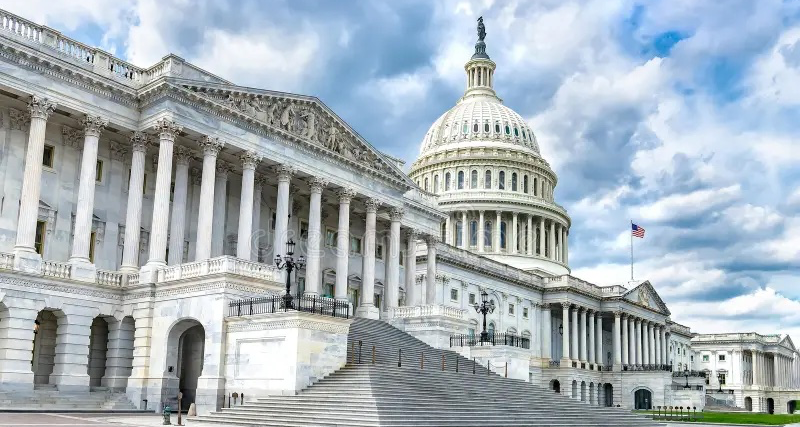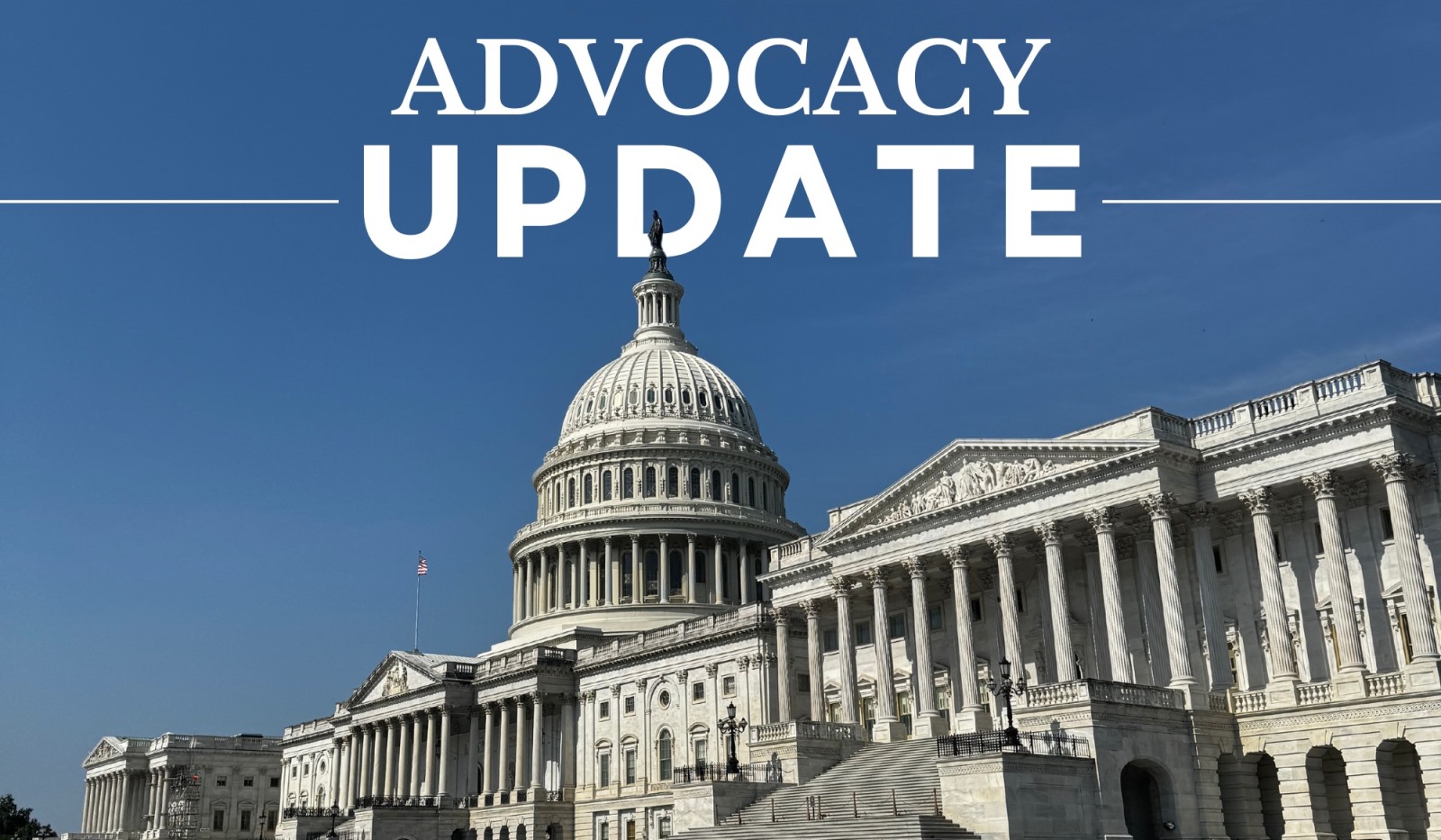Advocacy Committee Leads IITA Action

Article updated September 4, 2025
The U.S. inbound travel landscape is shifting—and IITA’s Advocacy Committee continues to educate policymakers and Industry members about the impact of decisions that are adding cost and complexity to international visitation. Through its outreach the Committee emphasizes the value of the inbound travel trade in driving travel to the U.S., carrying the voice of inbound operators and by extension the international tour and travel trade to the table.
“As trusted leaders in the industry, it’s important we clearly communicate what’s happening, why it matters, and what it means for our global partners and future visitors,” said Peter van Berkel, Chair of the Committee and President of Travalco.
“Recent U.S. policy decisions are adding cost and complexity to international travel risk, putting the U.S. at a competitive disadvantage just as global tourism is growing worldwide except in the USA,” he said. “When additional visitor costs aren’t reinvested in relevant infrastructure, services, or destination marketing, they undermine the very sector they draw from and depend on.”
Members of the Advocacy Committee and IITA staff participated in the industry’s Destination Capitol Hill fly-in this past April, meeting with members of Congress and administration officials. At that time, however, the administration was still in its early days and had only just begun announcing new entry policies—leaving little clarity on potential impacts and even fewer answers on how those policies would be implemented.
The committee will return to Washington, D.C. in mid-September, this time seeking greater clarity and guidance as several policies are reportedly set to take effect on October 1, 2025. Meetings are scheduled with the National Travel & Tourism Office, State Department Visa Services, Department of Homeland Security/CBP, and the National Park Service. The delegation will also meet with Brand USA, U.S. Travel, and key members of Congress engaged in tourism-related issues to ensure the inbound industry’s voice is heard at every level.
The committee’s strategy has been to explicitly convey what’s happening with inbound travel, targeting the messages to each audience it addresses – the administration, Congress, the industry, and international travel trade -- on what the (unintended) consequences of policy decisions can be.
To the administration and Congress, the message must focus on the economic impact the decline of international visitors has on the country, stressing the need for a more welcoming approach to international travelers as well as identifying logistics affected for both the industry and the government in implementing certain changes.
To the international travel trade and industry at large, we must clearly communicate that the U.S. is open and we want and welcome international visitors. Tens of millions of travelers enter the U.S. each year without any delay or impairment.
It should be noted that while there have been media reports that the $250 Visa Integrity Fee requirement and the increase to the Visa Waiver Fee will go into effect at the start of the new federal fiscal year, October 1, there has been no official information published, according to U.S. Travel, and there is no firm timeline for implementation.
The rules for entry haven’t changed, but enforcement will remain strict. Visitors should be well-prepared with the normally expected proper paperwork and identification. The number of issues at the border have not changed over the last 10 years and reflect a minuscule percentage of the travelers, there are separate metrics out there but they hover around the 0.01 % (1 per 10.000). Despite a handful of highly publicized cases, it is important to view matters in the proper context and let the facts speak for themselves.
“Inbound operators serve as a vital bridge, helping travelers navigate policies and ensuring they feel welcomed and informed,” said van Berkel. “As we move forward, our voice and unique insights are more important than ever—to protect access, promote truth, and remind the world why visiting the U.S. is an unsurpassable experience worth having and enjoying to the fullest.”

